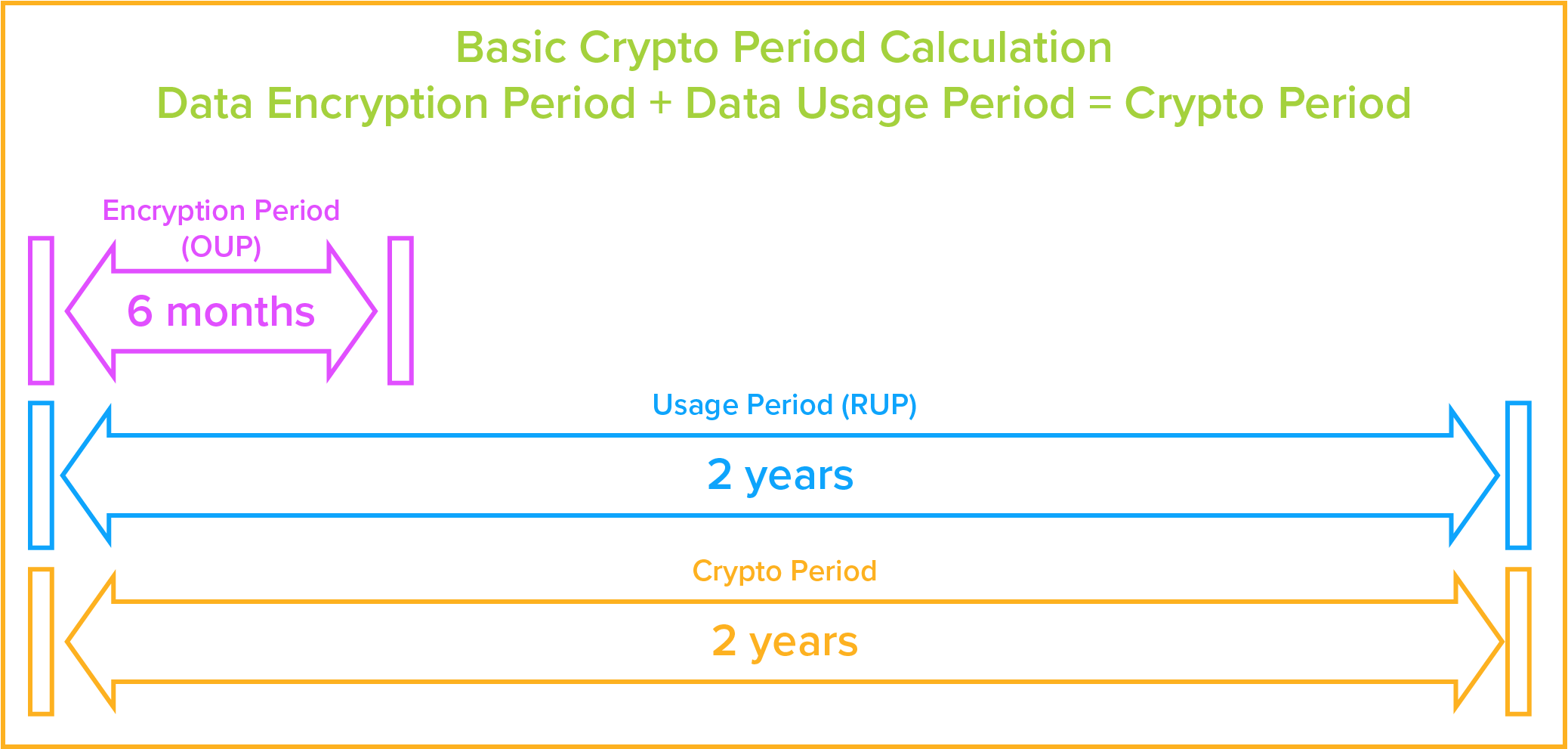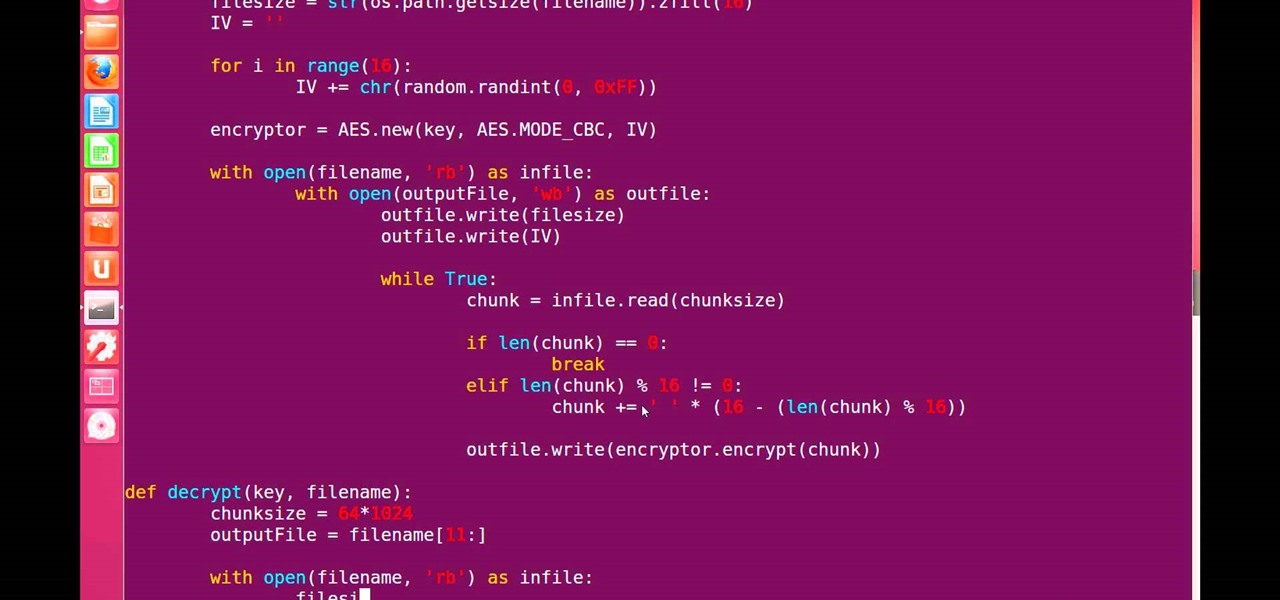Generate A Keypair Using Crt And Key
Generating Key Pairs and Importing Public Key Certificates to a Trusted Keystore. Use following command in command prompt to generate a keypair with a self-signed certificate. To create a key pair using a third-party tool. Generate a key pair with a third-party tool of your choice. Save the public key to a local file. For example, /.ssh/my-key-pair.pub (Linux) or C: keys my-key-pair.pub (Windows). The file name extension for this file is not important.
- Generate A Key Pair Using Crt And Key West
- Generate A Key Pair Using Crt And Key Free
- Generate A Key Pair Using Crt And Key Lock
- Generate A Key Pair Using Crt And Key Download
Field Summary
Fields Modifier and Type Field and Description static byteALG_DHKeyPairobject containing an DH key pair for modular exponentiation based Diffie HellmanKeyAgreementoperations.static byteALG_DSAstatic byteALG_EC_F2MKeyPairobject containing an EC key pair for EC operations over fields of characteristic 2 with polynomial basis.static byteALG_EC_FPKeyPairobject containing an EC key pair for EC operations over large prime fieldsstatic byteALG_RSAstatic byteALG_RSA_CRTKeyPairobject containing a RSA key pair with private key in its Chinese Remainder Theorem form.
Constructor Summary
Constructors Constructor and Description KeyPair(byte algorithm, short keyLength)Constructs aKeyPairinstance for the specified algorithm and keylength; the encapsulated keys are uninitialized.KeyPair(PublicKey publicKey, PrivateKey privateKey)Constructs a newKeyPairobject containing the specified public key and private key.
Method Summary
Methods Modifier and Type Method and Description voidgenKeyPair()(Re)Initializes the key objects encapsulated in thisKeyPairinstance with new key values.PrivateKeygetPrivate()Returns a reference to the private key component of thisKeyPairobject.PublicKeygetPublic()Returns a reference to the public key component of thisKeyPairobject.Methods inherited from class java.lang.Object
equals
To sign an assembly with a strong name, you must have a public/private key pair. This public and private cryptographic key pair is used during compilation to create a strong-named assembly. You can create a key pair using the Strong Name tool (Sn.exe). Key pair files usually have an .snk extension.
Note
In Visual Studio, the C# and Visual Basic project property pages include a Signing tab that enables you to select existing key files or to generate new key files without using Sn.exe. In Visual C++, you can specify the location of an existing key file in the Advanced property page in the Linker section of the Configuration Properties section of the Property Pages window. The use of the AssemblyKeyFileAttribute attribute to identify key file pairs was made obsolete beginning with Visual Studio 2005.
Create a key pair
To create a key pair, at a command prompt, type the following command:
sn –k <file name>
Generate A Key Pair Using Crt And Key West
In this command, file name is the name of the output file containing the key pair.

Generate A Key Pair Using Crt And Key Free
The following example creates a key pair called sgKey.snk.
If you intend to delay sign an assembly and you control the whole key pair (which is unlikely outside test scenarios), you can use the following commands to generate a key pair and then extract the public key from it into a separate file. First, create the key pair:
Next, extract the public key from the key pair and copy it to a separate file:
Once you create the key pair, you must put the file where the strong name signing tools can find it.

When signing an assembly with a strong name, the Assembly Linker (Al.exe) looks for the key file relative to the current directory and to the output directory. When using command-line compilers, you can simply copy the key to the current directory containing your code modules.
Generate A Key Pair Using Crt And Key Lock
If you are using an earlier version of Visual Studio that does not have a Signing tab in the project properties, the recommended key file location is the project directory with the file attribute specified as follows:
With Customer Key, you control your organization's encryption keys and then configure Office 365 to use them to encrypt your data at rest in Microsoft's data centers. Service encryption with Customer Key in Office 365 - Microsoft 365 Compliance Microsoft Docs.  Once data is secured through encryption, the encryption keys themselves must be guarded from theft or accidental loss. The following tips can help your organization protect its encryption keys to prevent them falling into the wrong hands or getting lost: Physically secure encryption systems: The machines and systems that run encryption programs and store the encryption keys should be physically secured with locked doors and other appropriate measures. Access ought be granted. Mar 02, 2015 How to activate/generate the Encryption key for on premise upgraded orgs in CRM 2013 and what are the know impacts in the server? To Generate/ Activate new encryption key, you can give your own key if you have not enabled the encryption key yet. Below link will help you I think.
Once data is secured through encryption, the encryption keys themselves must be guarded from theft or accidental loss. The following tips can help your organization protect its encryption keys to prevent them falling into the wrong hands or getting lost: Physically secure encryption systems: The machines and systems that run encryption programs and store the encryption keys should be physically secured with locked doors and other appropriate measures. Access ought be granted. Mar 02, 2015 How to activate/generate the Encryption key for on premise upgraded orgs in CRM 2013 and what are the know impacts in the server? To Generate/ Activate new encryption key, you can give your own key if you have not enabled the encryption key yet. Below link will help you I think.
